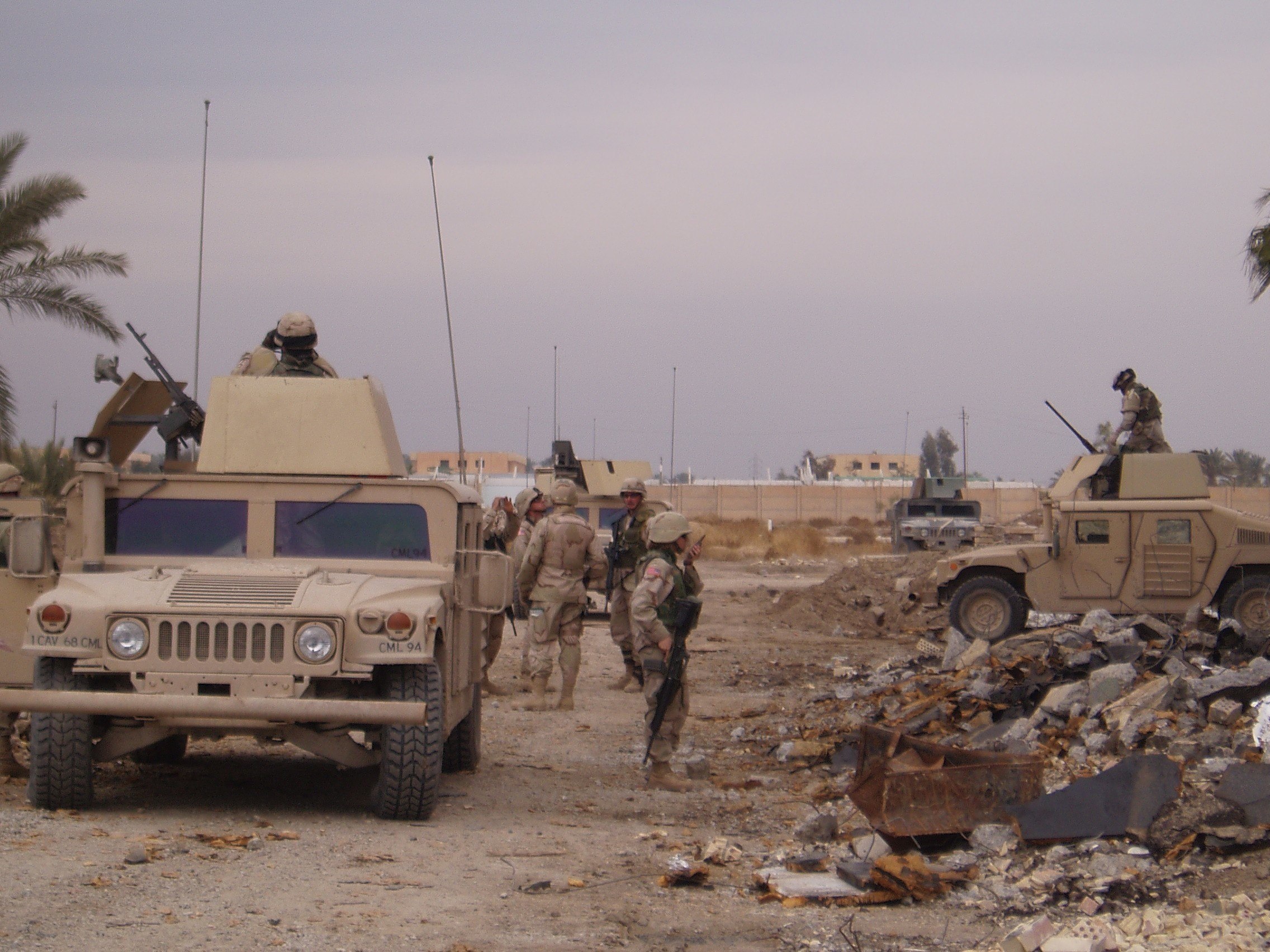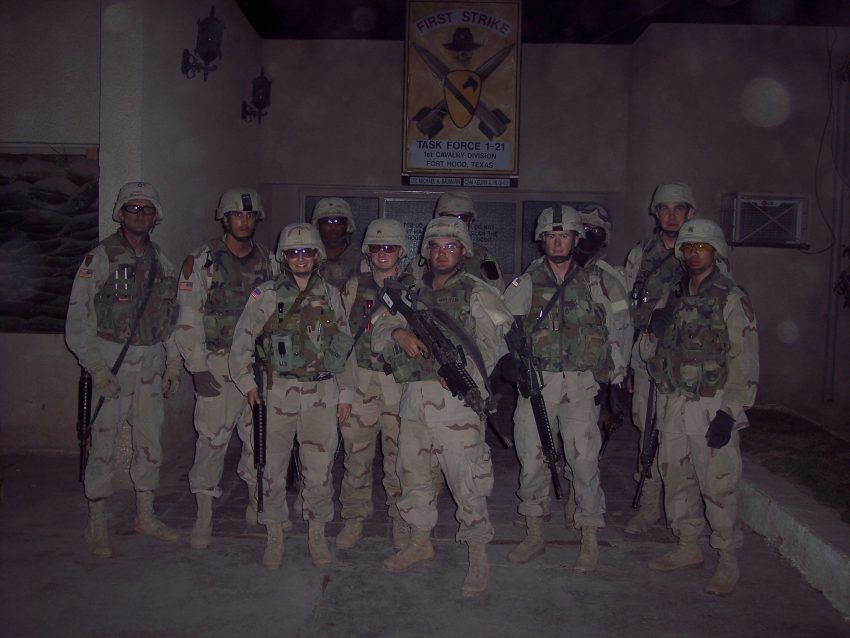A Military Veteran’s Approach to Building Teams – Part 1 of 4

Fear: The silent partner of personal growth
Fear. The great equalizer. We all deal with it, regardless of our background, level of experience, or socioeconomic status. It is part of human programming, an internal design to aid in survival. But, does fear have importance in how we work and ultimately engage with challenges? Yes, and it’s important to understand that there are two types of fear.
Factual fear is as you may think – the fear of real, life-threatening situations. It generates our survival instincts and warns us of danger. The more prevalent fear we experience in our day-to-day lives is fictional fear. Fictional fear stems from internal belief systems and past experiences that convince us we won’t measure up or will not be in control of a situation. Fictional fears are the fears that more commonly hinder people throughout life.
Fictional fears may paralyze founders and leaders of growth-stage companies as they face challenges such as achieving quarterly forecasts, raising capital, upgrading their teams, and innovating products to keep up with competition.
The Army trained me to move towards fear, and in doing so, made me a leader.
In the military, we say “train as you fight”. This means, do the hard work in off-cycles, so the organization is combat-ready when a mission arises. To achieve this, the military intentionally and regularly pushes service members outside of their comfort zone and into the face of both factual and fictional fear. High-stress combat training and intense courses are designed to push even the best beyond their limits of physical and mental ability. The intent is to test individual and team mettle in a safe environment when bullets aren’t flying. Then, in actual combat, highly developed skills are effortlessly recalled through muscle memory, along with a calmness under pressure. Well-trained fighters approach each mission with a respect for the risk, but an overarching sense of readiness.
After graduating from West Point and completing paratrooper training at the U.S. Army Airborne School, I reported to my first duty station to find that my unit had already deployed to Baghdad, Iraq. I was told I would meet them in-country as an individual deployer. I had very little information about what I would be doing upon arrival, but I knew I would figure it out quickly when the time came. I felt prepared to confront the unknown because West Point and the Army had ensured I was well-practiced in confronting the unknown. This was no different. Wash, Rinse, Repeat.
When I arrived, I began by working closely with the Brigade Commander, who was responsible for 5,000 soldiers and the southern swath of Baghdad. For the next 6 months, I worked through the nights so that, every morning, I could present the latest enemy threat situation. This would inform the next 24-72 hours of operations. The Commander respected and valued my work, but understood I was hungry to lead a platoon. Late one night, he pulled me into his office to tell me that he had learned of a platoon leader opportunity. It wasn’t what I had expected - or even what I had trained for specifically – but he thought I had the potential to succeed. It was a platoon in our field artillery battalion responsible for executing daily combat missions. If I was interested, he would set-up an interview. Because I had confronted fear so many times before, I did not hesitate to jump at the opportunity. I knew it was a risk, but I was excited by the challenge. This was the opportunity I was waiting for, and I wasn’t going to give anyone a reason to take it from me. The interview consisted of an in-person meeting with the Battalion Commander, who was responsible for approximately 1,000 soldiers, followed by a combat patrol that I led, in which the Battalion Commander tagged along, observing my leadership.

I passed the interview and quickly transitioned to my new role as “Viper 6”, platoon leader in charge of 16 soldiers who already had 8 months of combat experience under their belts. I was the sole female combat platoon leader in a brigade of 5,000 soldiers. A U.S. Army policy was in place at the time that banned women from serving in direct combat roles. My Brigade Commander had the wartime authority to make his own talent decisions, and he used his authority to make an exception to that policy. I followed in the footsteps of three other women who had served as combat platoon leaders before me but had since moved on to other roles. I had two female soldiers in my platoon who seamlessly took on the challenge of executing combat operations when the mission called for it. Eager and exhilarated, but with fear as a constant companion, I completed my first two weeks and started to feel like I was getting my feet under me.
Then, the news came. A friend from home had deployed as a Marine around the same time that I left for Baghdad. He was serving about 5 kilometers away from my area of operations. We were both home for the holidays before we deployed and had joyfully proclaimed that we’d throw a big party when we returned from the deployment. However, that day, in a small, crowded internet café, I learned that this party would never happen. I read the news that Ben’s patrol was attacked; he fought with valor, and had died of his wounds. I was in shock and disoriented. How could this be? How could I go home if he would never make it? Would I be next? Would my soldiers be next? I allowed myself a few hours to reflect and rebalance and then I got back to work: I had soldiers to lead who were depending on me. As years of military training had prepared me to do, I turned my fear to fuel. As my family attended Ben’s funeral back home, I headed back out to accomplish the mission.
Learning to live alongside fear and lack of control is part of being a leader.
The overarching truth is that to achieve the highest heights of success we must continually move through fear and find comfort with discomfort. We must acknowledge the feeling when fear arrives at our door - the knot in our stomach, our sweaty palms and beating heart, and simply reply – “Oh, it’s you again. Have a seat, we’ll be here awhile.”
In the next article, I’ll share how confronting fear applies to the development of high-achieving individuals and teams at growth-stage companies. Make sure to read Part 3 and Part 4 afterwards.









